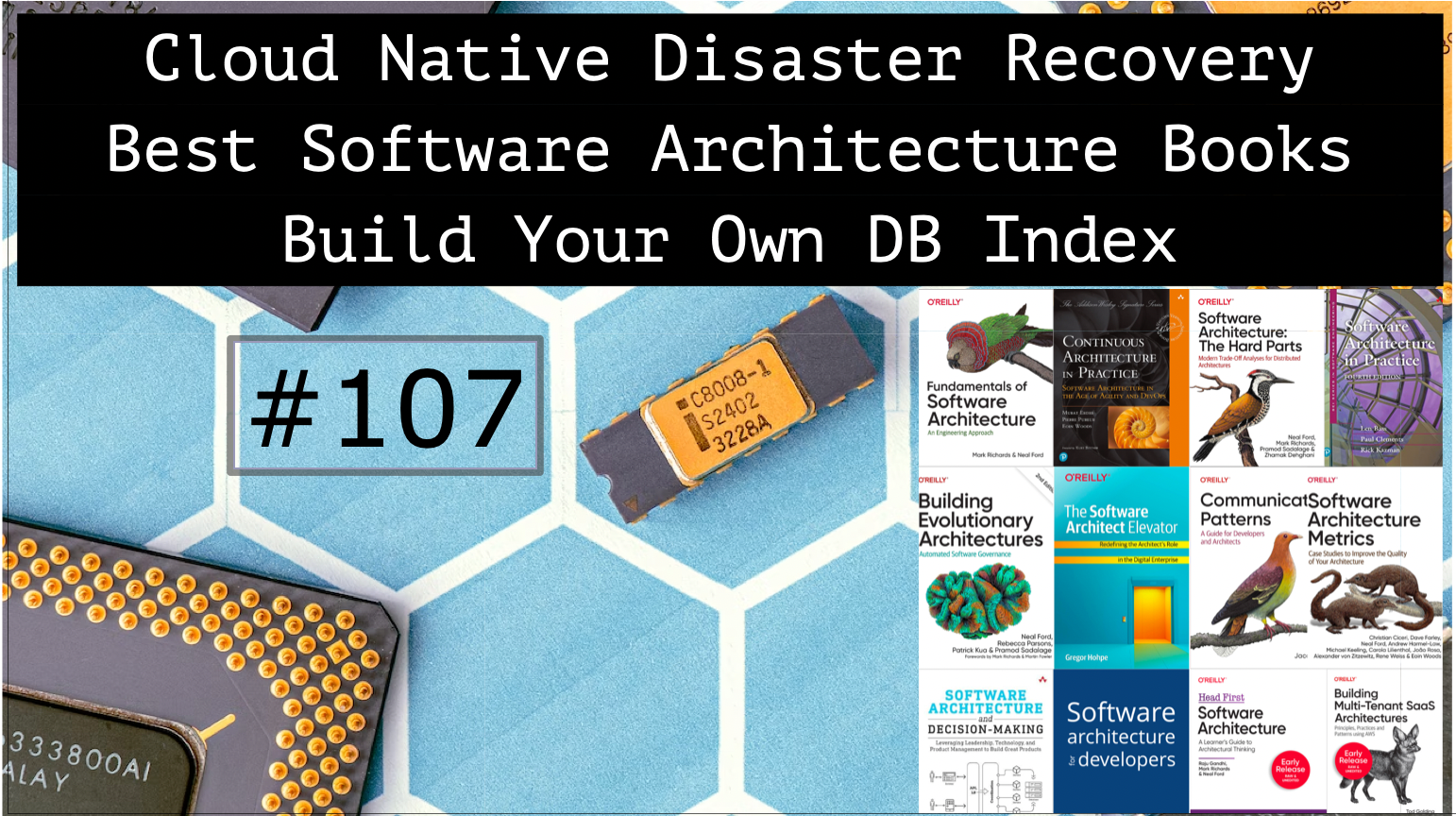Architecture Weekly Issue #107. Articles, books, and playlists on architecture and related topics. Split by sections, highlighted with complexity: 🤟 means hardcore, 👷♂️ is technically applicable right away, 🍼 - is an introduction to the topic or an overview. Now in telegram and Substack as well.
If you're interested in the technologies, development approaches and overall business of our little startup in the compliance field subscribe on Patreon and Boosty, as I shared an article recently on how we added a second product to our architecture last week.
Highlights
Cloud native disaster recovery for stateful workloads 👷♂️
Disaster recovery used to be a long process involving humans and causing significant lose of data. But in cloud era recovery point objective(RPO) can be close to zero. However archiving this requires significant amount of understanding. Cloud Native Foundation posted a long read explaining what you need to understand about distributed systems and cloud computing to have a modern disaster recovery.
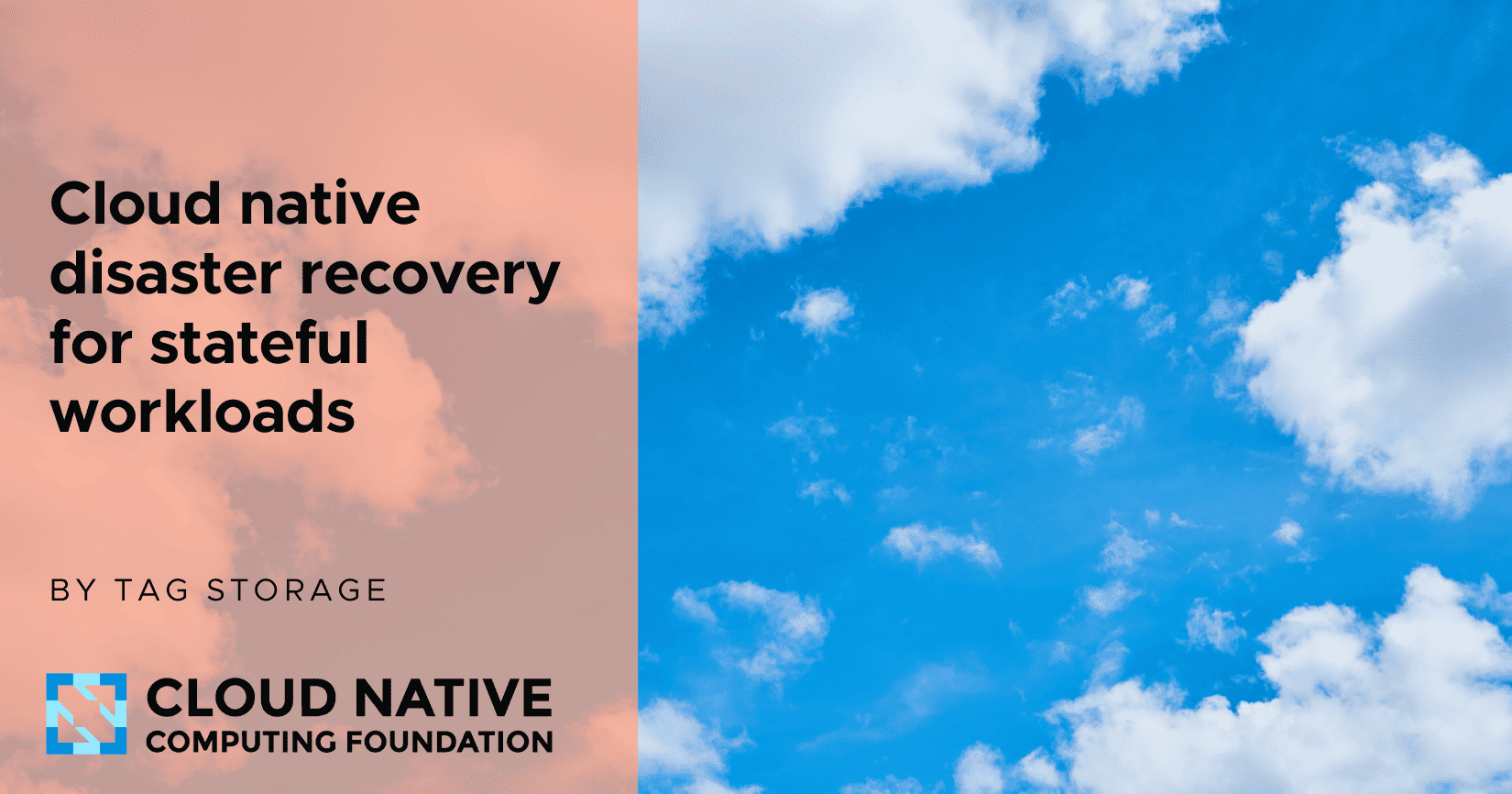
#cloud #disasterrecovery
The Ultimate List of Best Software Architecture Books in 2024 🍼
Books are a great way to learn almost anything, and Software Architecture is no exception. Grab a long list of good books. Some of those I read, some I heard about. Some are not very good, like "Building Evolutionary Architectures" does not worth reading in my opinion. But almost everything else does!
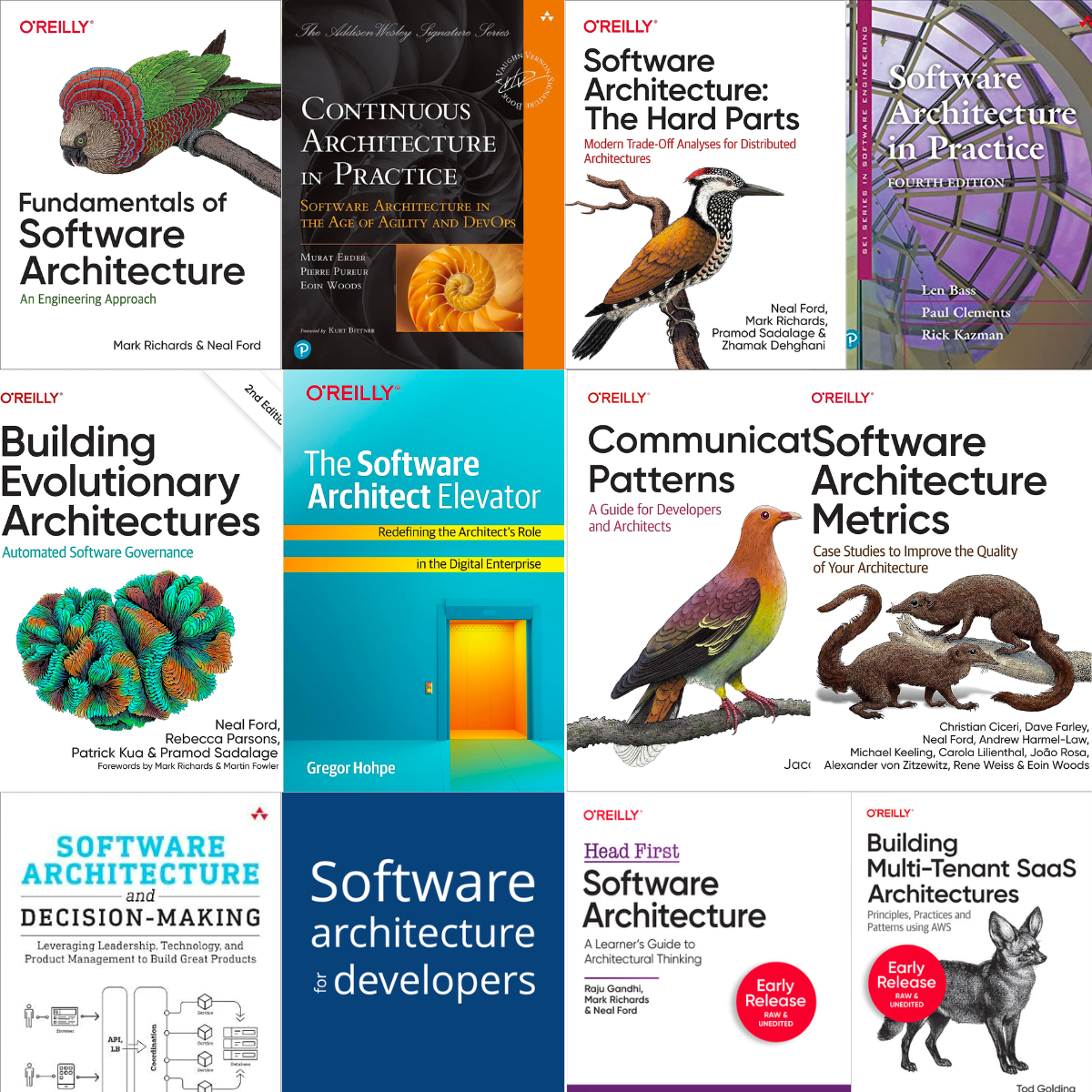
#books #architecture
Build your own Database Index: Part 1. 🤟
If you haven't read "Database Internals", do it. But if you did, then a spark of interest might ignited in you: how do indexes really work on the code level. Wonder no more: this 5-part series explains exactly that starting from data encoding to updating and deleting records in index.
#db
Follow Up
Securing your MongoDB Atlas installation 👷♂️
I am doing a review for one of the companies and discovered their atlas installation does not use a virtual private network, does not have a white list, nothing. Knowing a connection string provides the access to the prod database. Please, don't do this. Study this guide in order to see, how you can secure your db connection.
#db
Unorthodox intro to Kubernetes for Developers 🍼
Kubernetes is everywhere, but how can you describe it to an engineer with just a couple of years of experience? Find an extremely clear explanation why do we need it and how it generally works.
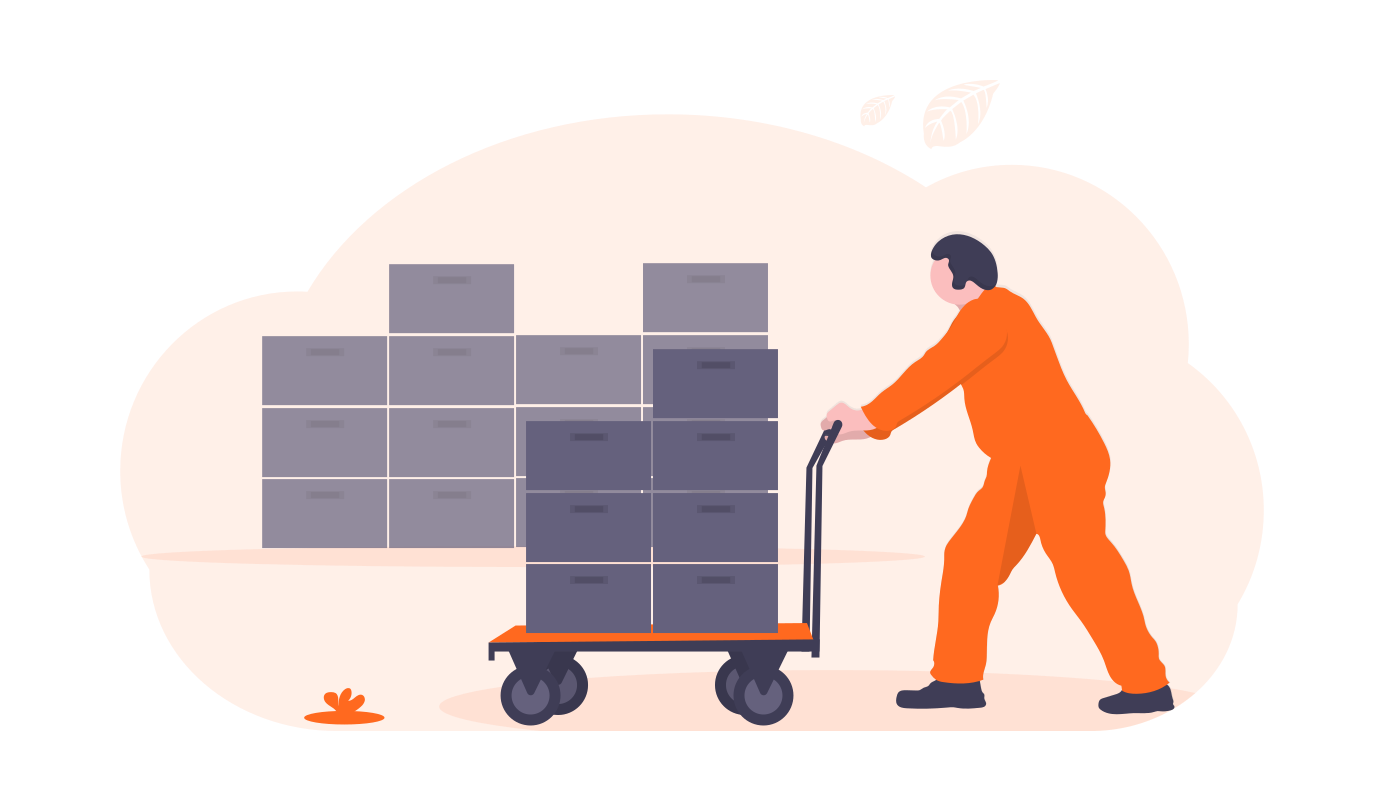
#kubernetes #k8s
The single-tenancy to multi-tenancy spectrum 🍼
Have you ever faced a limit on the number of control pane requests of AWS Lambda? The folks who wrote this article did. It appeared as a single-tenant setup of their business. And here they discuss those limitations and explain that multi-tenant setup can be better in some cases due to a set of trade-offs, which you will also find.

#aws
Benchmaring PostrgeSQL connection poolers: PgBouncer, PgCat and Supavisor 👷♂️
Connection pool is an idea to reuse the connection from an application to a database, because it is relatively expensive to do per each request. For PostgreSQL there are several connection poolers, so you might want to understand which one suits best your particular case. Here's the article which lays down the comparison of 3 poolers for a small, medium and large number of clients. Enjoy the graphs!
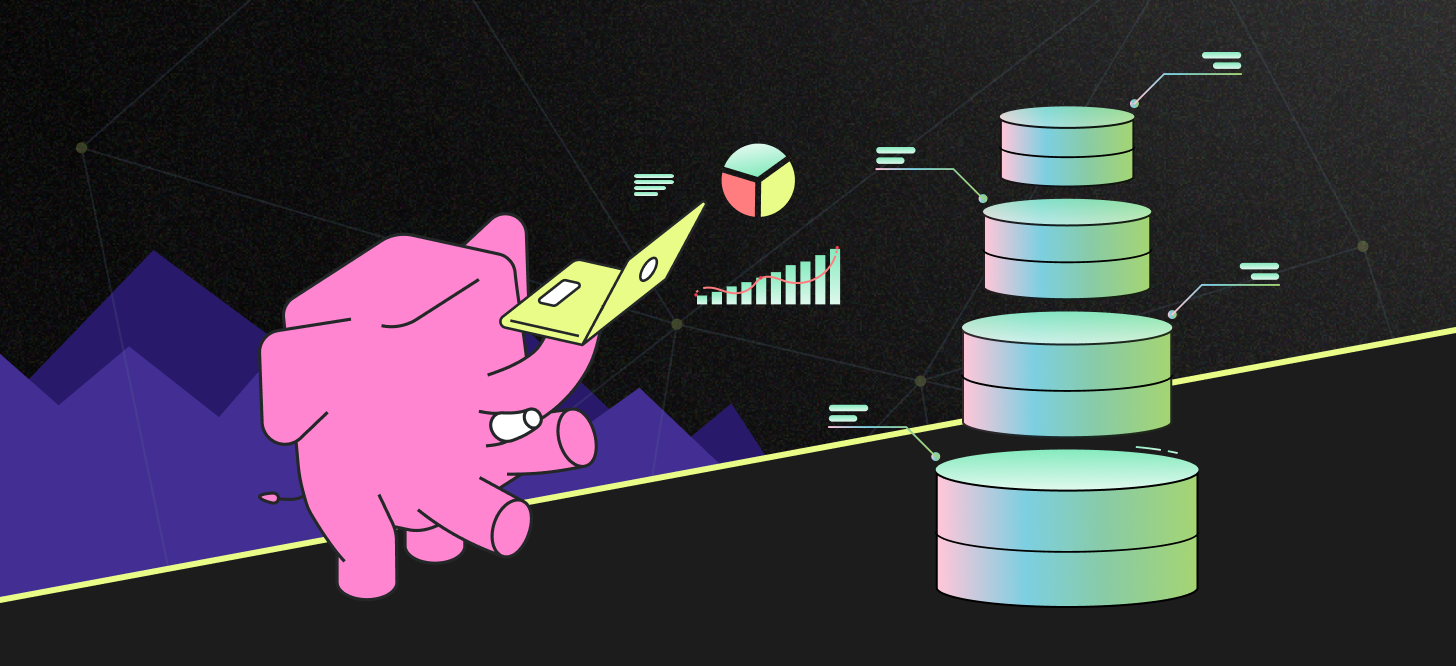
#db #performance
Tacking the challenges of using event-driven architecture in a billing system by Thoughtworks 👷♂️
Billing is a business capability which every business should have: you need to charge your customer in one way or another. Thoughtworks shared an article how they created a new billing systems based on the event-driven architecture. Find what challenges they faced.

#eventdriven #eda
WARNING 🇺🇦
The brutal and unjustified war against Ukraine continues already 2 years. If you want to help Ukraine directly visit this fund.
Big thanks to Nikita, Anatoly, Oleksandr, Dima, Pavel B, Pavel, Robert, Roman, Iyri, Andrey, Lidia, Vladimir, August, Roman, Egor, Roman, Evgeniy, Nadia, Daria, Dzmitry, Mikhail, Nikita and Dmytro for supporting the newsletter. They receive early access to the articles, influence the content and participate in the closed group where we discuss the architecture problems. They also see my daily updates on all the things I am working on. Join them at Patreon or Boosty!

